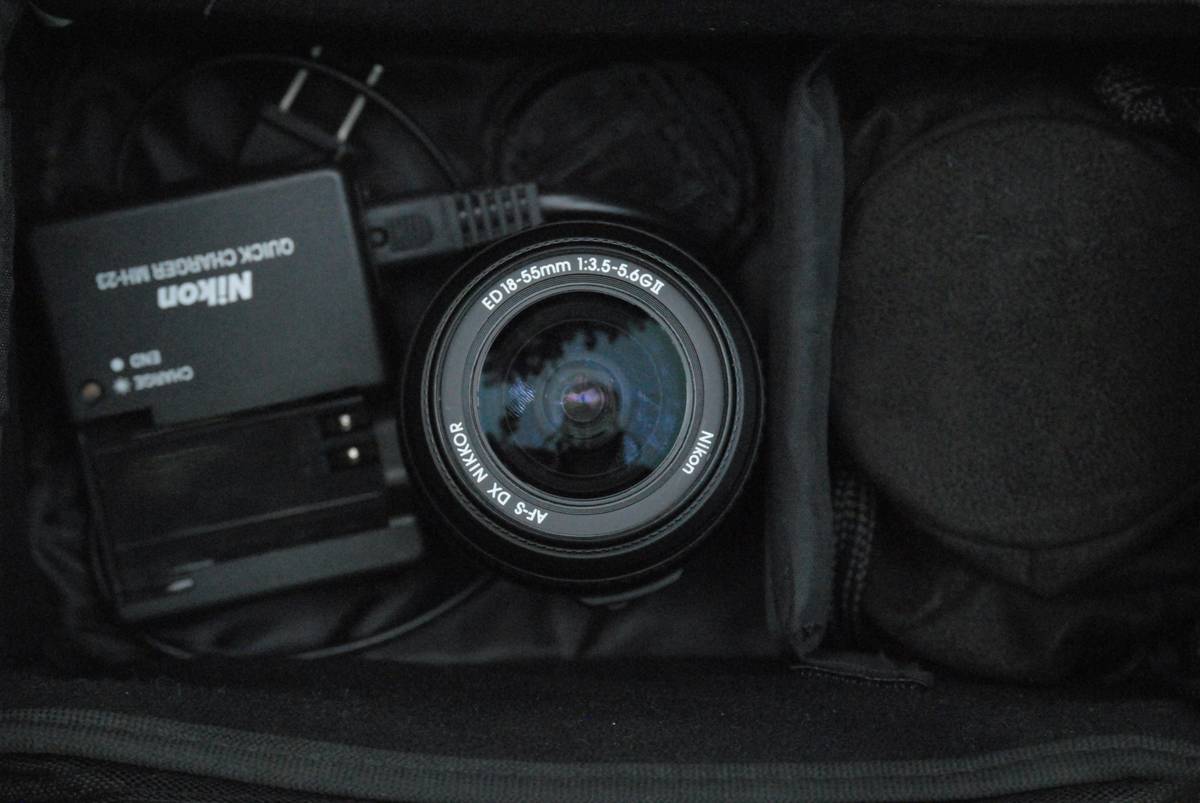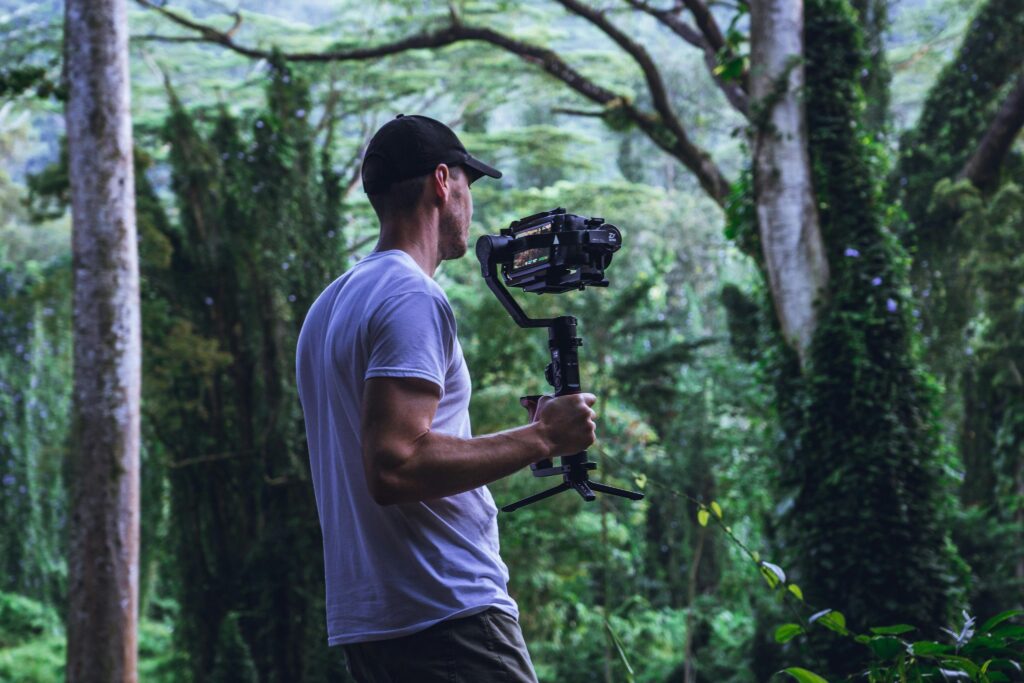Ever spent 3 hours editing a 30-second Reel only to have your camera fry the next day? Yeah, us too.
If you’re someone who relies on high-quality media equipment—whether it’s for YouTube videos, Instagram content, or podcasting—you know how devastating it can be when something breaks. And trust me, it happens more often than we’d like to admit. In this post, we’ll dive into everything you need to know about media equipment protection. From understanding insurance options to safeguarding gear against damage, here’s what we’ll unpack:
- The real risks to your media gear (and why ignoring them is dumb).
- A step-by-step guide to choosing the right coverage for your tools.
- Tips and best practices for protecting your gear every single day.
- Real-world examples of creators who saved thousands with smart planning.
Table of Contents
- Why Media Equipment Protection Should Be Your Priority
- Step-by-Step Guide to Insuring Your Gear
- 6 Proven Strategies for Protecting Your Equipment
- Real Creators Who Benefited from Smart Insurance Choices
- Frequently Asked Questions About Media Equipment Protection
Key Takeaways
- Insurance tailored to media equipment can save you thousands in repairs or replacements.
- Daily habits, like using protective cases and surge protectors, go a long way.
- Not all policies are equal; shop around and read the fine print before signing up.
Why Media Equipment Protection Should Be Your Priority
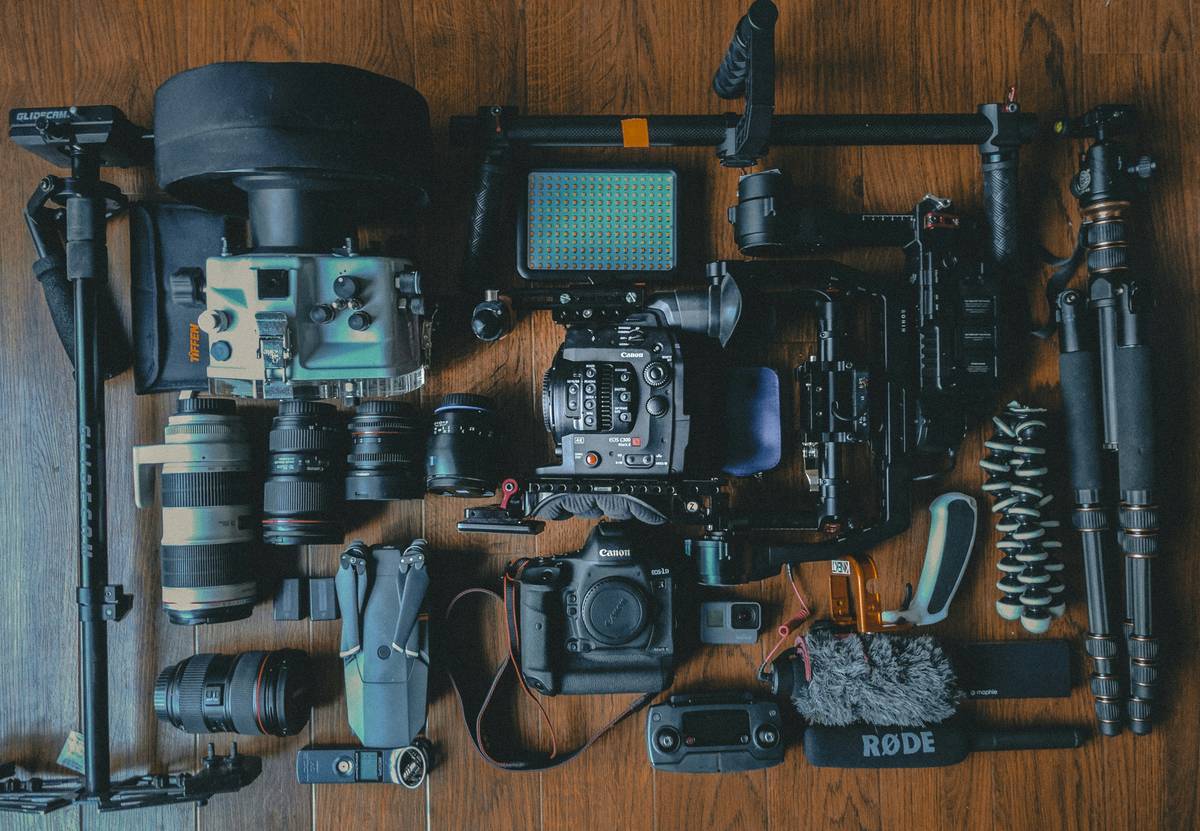
Let’s face it: content creation isn’t cheap. The average professional-grade camera setup alone costs between $2,000 and $10,000. Add microphones, tripods, lighting rigs, drones, and other essentials, and suddenly you’re talking big bucks. So why do so many creators skimp on insuring their investments?
Here’s a hard truth: I once had a GoPro fall off my drone mid-flight. It hit concrete at full speed. That little guy was toast—and guess what? I didn’t have coverage. Lesson learned.
Common threats include theft, water damage, power surges, drops, and even overheating caused by long shoots. Without proper media equipment protection, one bad incident could wipe out not just your gear but also months’ worth of creative work.
Step-by-Step Guide to Insuring Your Gear
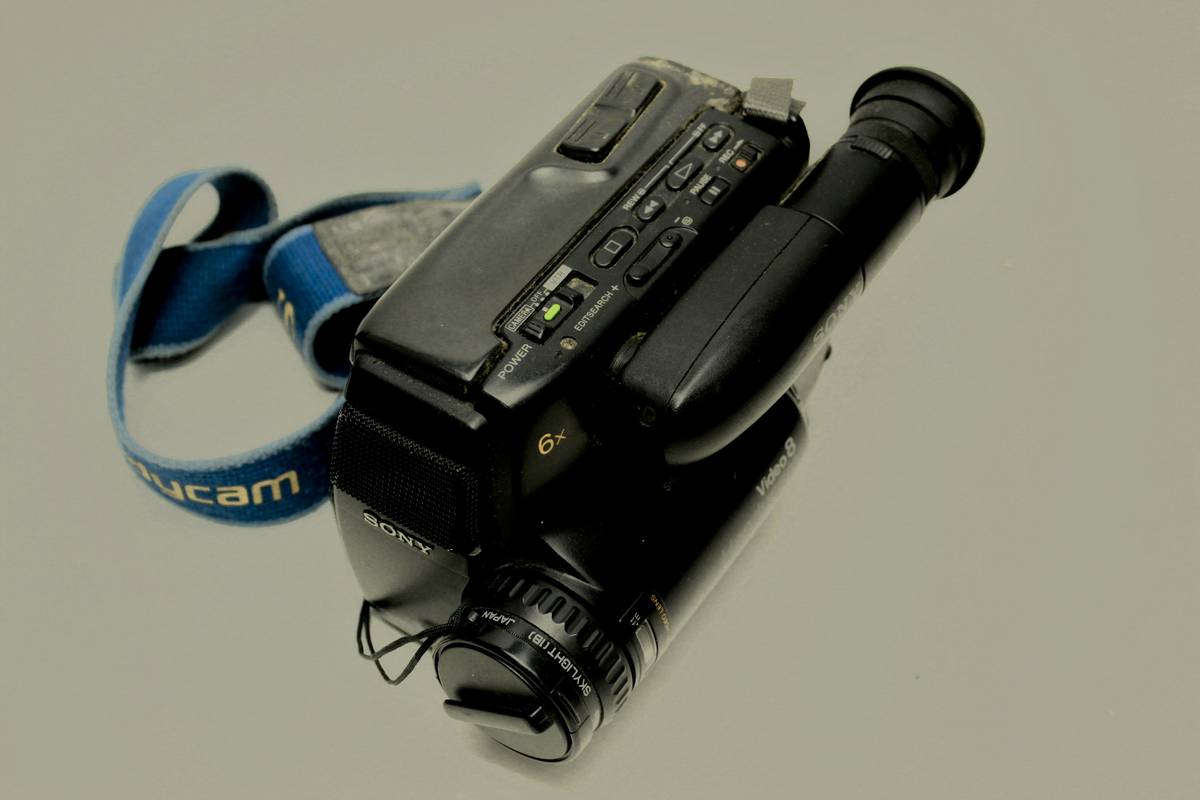
Optimist You:
“Follow these tips, and you won’t regret being prepared!”
Grumpy You:
“Ugh, dealing with insurance feels harder than editing B-roll footage—but yeah, okay.”
- Inventory Your Equipment: Start by listing EVERYTHING you own that’s related to creating content. Include serial numbers and purchase receipts if possible.
- Assess Potential Risks: Think about where and how you use your gear. Are you traveling frequently? Shooting outdoors? Each scenario carries unique risks.
- Research Providers: Look for companies specializing in “creative professionals” or those offering rider add-ons (yes, that’s industry slang).
- Compare Policies: Pay attention to deductibles, exclusions, and payout limits. Some policies might seem cheaper upfront but leave gaps later.
- Get Quotes: Reach out to multiple insurers for quotes. Don’t settle until you’ve compared prices and benefits side by side.
- Double-Check Terms: Read the fine print. Does your policy cover international travel? What about natural disasters? Be thorough!
6 Proven Strategies for Protecting Your Equipment
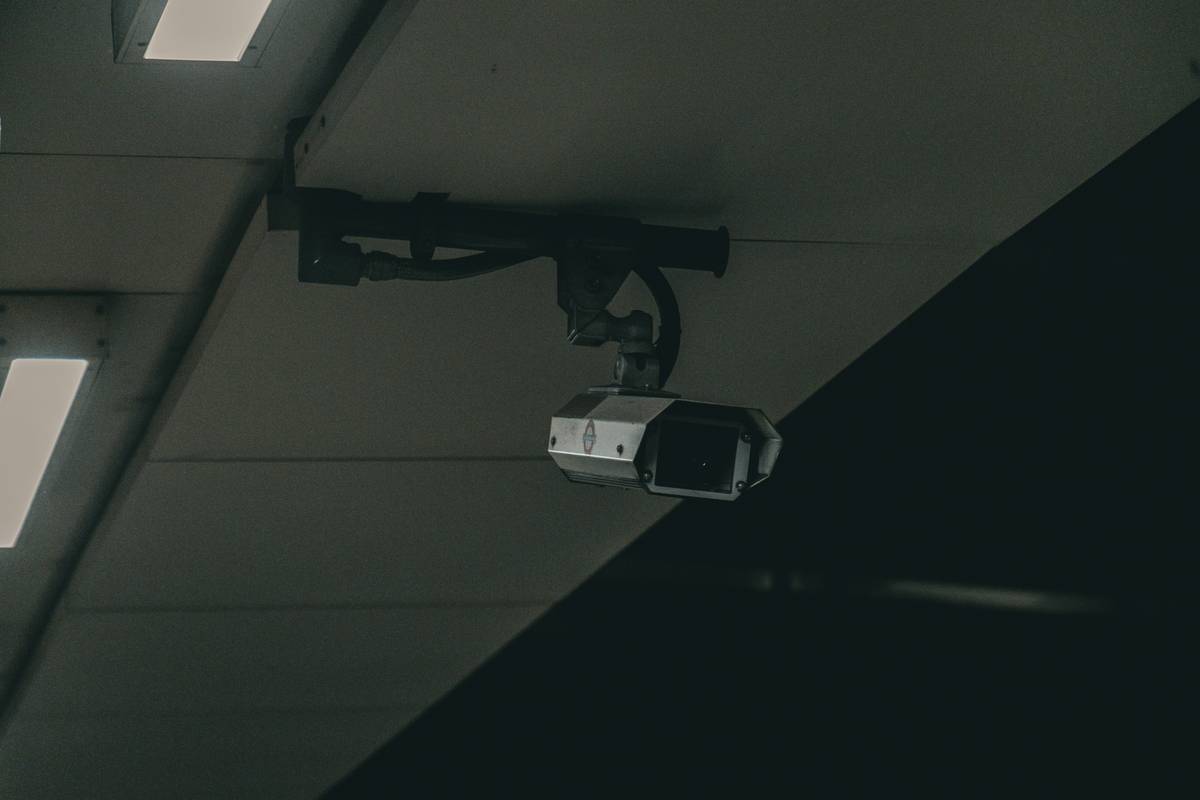
- Use Protective Cases: Ditch flimsy bags. Invest in padded, shock-resistant cases designed for transporting fragile tech.
- Monitor Power Usage: Surge protectors aren’t optional—they’re mandatory. They shield your gear from voltage spikes.
- Keep It Dry: Humidity kills electronics faster than anything else. Store your gear in climate-controlled environments whenever possible.
- Label Everything: Marking items with custom tags helps deter theft and makes identifying lost belongings easier.
- Backup Religiously: If your SD cards crash, having backups ensures no data loss. Cloud storage FTW!
- Routine Maintenance: Clean lenses regularly, check connections, update firmware. A stitch in time saves nine… megabytes.
Real Creators Who Benefited from Smart Insurance Choices
Cue the confessional fail moment: Remember when influencer Sarah X posted THAT hilarious epic drone video falling into a river? She admitted publicly that she almost had to pay $4k out-of-pocket because her basic homeowner’s policy didn’t fully cover commercial use.
On the flip side, Jake T documented an entire series shot in Iceland last winter. His rented drone crashed due to icy conditions. But thanks to his comprehensive rider add-on through a creative-specific insurer, he got reimbursed within weeks.
Frequently Asked Questions About Media Equipment Protection
What exactly does media equipment protection cover?
It typically includes theft, vandalism, accidental damage, fire, and sometimes even rental fees if replacements are needed during repair periods.
Can I insure secondhand gear?
Yes! Most providers allow you to insure pre-owned equipment as long as proof of ownership exists.
What’s a terrible tip people should avoid?
Thinking generic home/auto insurance covers everything. Spoiler alert: IT DOESN’T.
Do I need separate insurance for overseas shoots?
Depends. Always confirm global coverage details with your provider beforehand.
Conclusion
Mastering media equipment protection isn’t glamorous—it’s downright necessary. Whether it’s investing in good insurance, developing smarter storage habits, or keeping tabs on backup systems, don’t let complacency sabotage your livelihood.
To recap:
- You NEED specialized coverage.
- Risks vary depending on usage patterns.
- Prevention saves money AND sanity.
Like a Tamagotchi, your gear deserves daily care—or risk dying tragically young. Now go forth, protect thyself, and keep making magic happen!
Random Haiku Drop:
Expensive toys break.
Insurance keeps tears at bay.
Peace of mind prevails.
